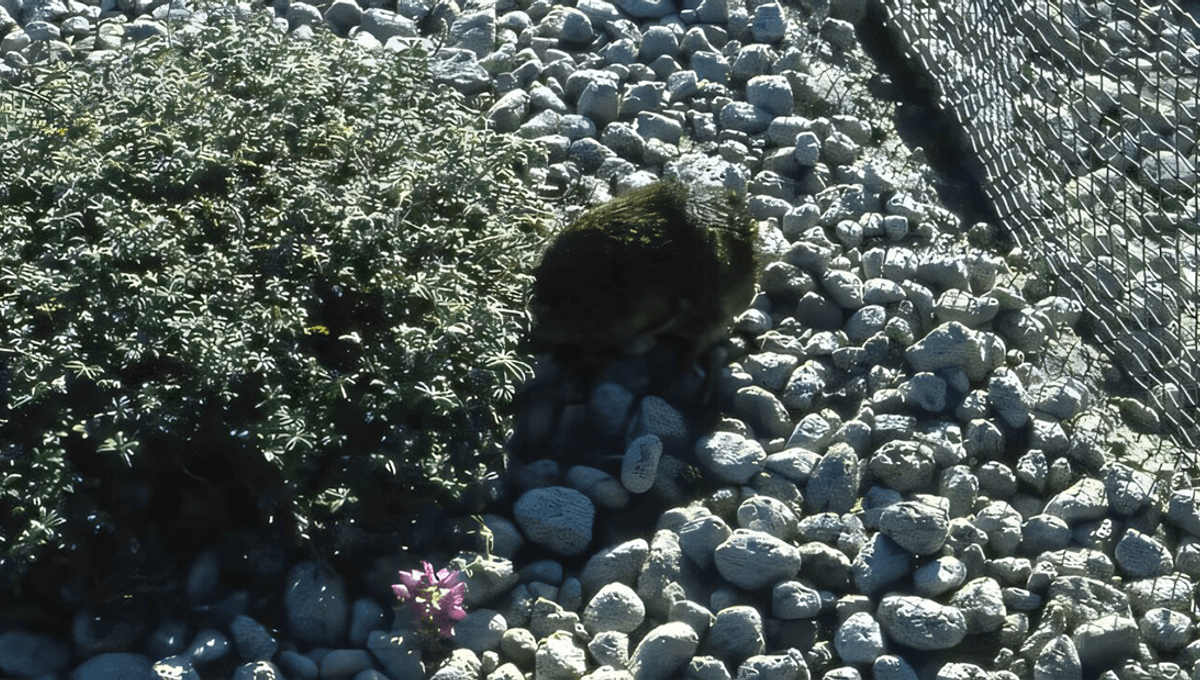
When Mount St Helens erupted in 1980, the resulting lava, ash, and debris turned the landscape barren for miles around. It was clear the land would take a long time to recover from the eruption. But one team of scientists had an idea about how they could help speed up the process; sending a few gophers there on a day trip.
Plant life struggled to return to the area around Mount St Helens, now under a layer of pumice fragments. While the top layers of soil were destroyed by the eruption and lava flows, the soil underneath could still be rich in bacteria and fungi.
“Soil microorganisms regulate nutrient cycling, interact with many other organisms, and therefore may support successional pathways and complementary ecosystem functions, even in harsh conditions,” a team of researchers explained in a new paper on the area’s recovery.
“With the exception of a few weeds, there is no way most plant roots are efficient enough to get all the nutrients and water they need by themselves,” study co-author, University of California Riverside microbiologist Michael Allen, explained in a statement. “The fungi transport these things to the plant and get carbon they need for their own growth in exchange.”
After the eruption, researchers believed that gophers could be ideal for returning it all to the top.
“They’re often considered pests, but we thought they would take old soil, move it to the surface, and that would be where recovery would occur,” Allen added.
Two years after the eruption of Mount St Helens, local gophers were sent to the area in what must have been quite a confusing day trip, even if the animals were not aware of the news. The gophers were placed in enclosed areas for the experiment and spent their day digging around in the pumice.
Despite only spending one day in the area, the impact they had was remarkable. Six years after their trip, there were over 40,000 plants thriving where the gophers had gotten to work, while the surrounding land remained, for the most part, barren. Studying the area over 40 years later, the team found they had left one hell of a legacy.
“Plots with historic gopher activity harbored more diverse bacterial and fungal communities than the surrounding old-growth forests,” the team explained. “We also found more diverse fungal communities in these long-term lupine gopher plots than in forests that were historically clearcut, prior to the 1980 eruption, nearby at Bear Meadow.”
“In the 1980s, we were just testing the short-term reaction,” Allen added. “Who would have predicted you could toss a gopher in for a day and see a residual effect 40 years later?”
While the gophers should be praised for their unusual part in the story, the real star of the recovery effort are the fungi. After the eruption, scientists worried that nearby pine and spruce forests would take a long time to recover, as the ash covered their needles and led to them falling off. However, this didn’t happen, again thanks to fungi.
“These trees have their own mycorrhizal fungi that picked up nutrients from the dropped needles and helped fuel rapid tree regrowth,” UCR environmental microbiologist and paper co-author Emma Aronson added. “The trees came back almost immediately in some places. It didn’t all die like everyone thought.”
Comparing the forest to a nearby forest that had recently been cut, thus being devoid of the layer of needles, they found stark differences.
“There still isn’t much of anything growing in the clearcut area,” Aronson said. “It was shocking looking at the old growth forest soil and comparing it to the dead area.”
The study is published in the journal Frontiers in Microbiomes.
Source Link: Scientists Dropped Gophers Onto Mount St Helens For 1 Day. 40 Years Later, The Effect Is Astonishing